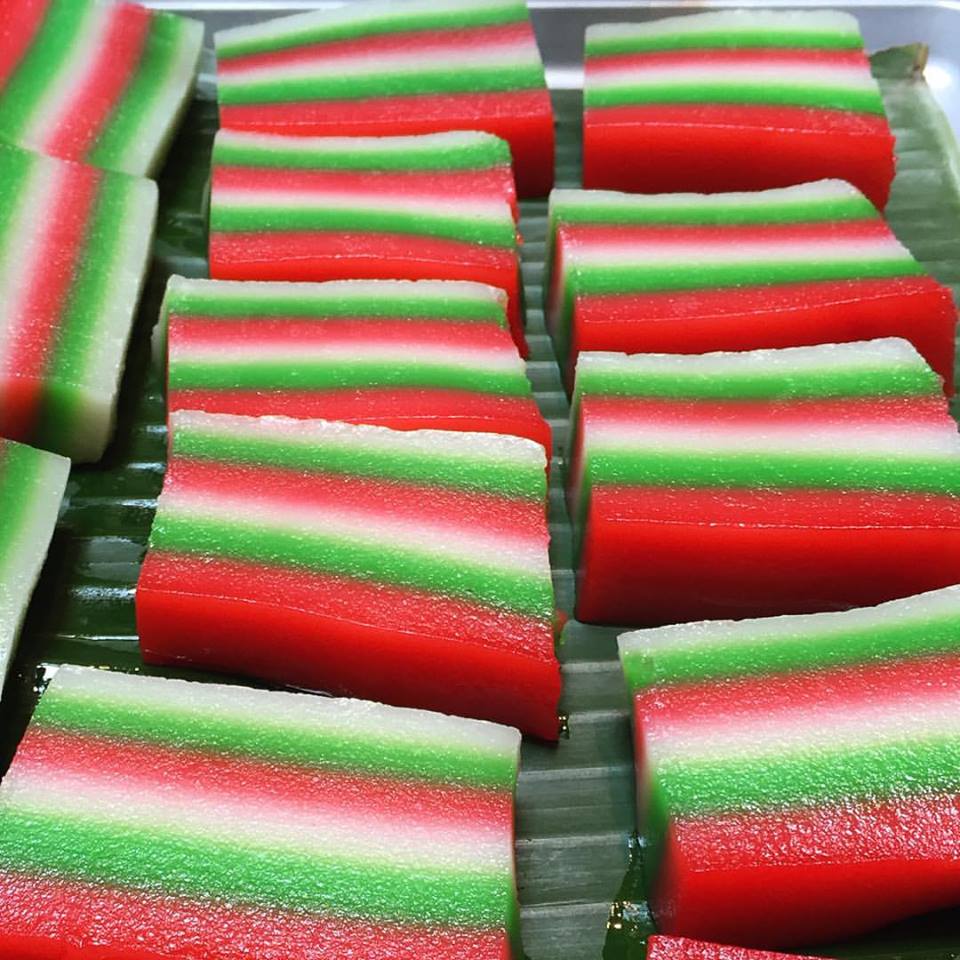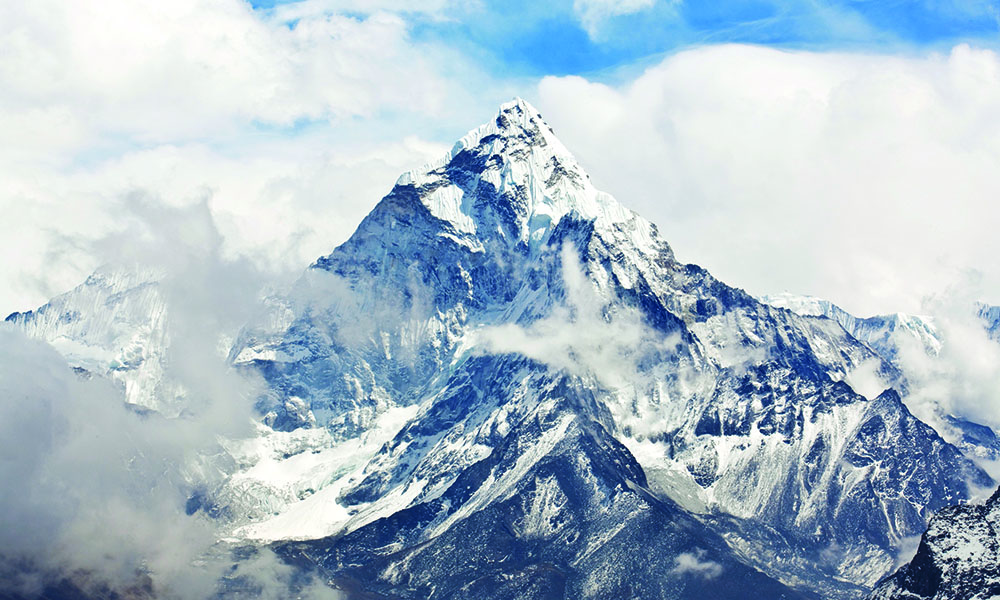By Li Yen
Croatia shares its glorious Adriatic sea with its closest neighbour—Italy—and is one of Europe’s fastest-growing travel destinations.
Voted as the third-greenest city in Europe, this former Yugoslavia state has more than 1200 islands and owns one of the most pristine coastlines in the Mediterranean region.
Blue crystal clear waters, a warm climate, delicious food, affordable accommodation, stunning national parks and century-old fortresses are some of the reasons you must visit this untouched beauty of the Adriatic!
Plitvice Lakes National Park
Plitvice Lakes National Park—a UNESCO World Natural Heritage Site—is the largest of Croatia’s eight national parks. The park’s sixteen crystal clear lakes are famous for their beautiful colours, ranging from azure to green, grey or blue. Be mesmerised by the surreal beauty of the numerous magnificent waterfalls, forests, caves, canyons, and gorges throughout the park.
The virgin beech-fir forest in the park is said to be the most astonishing in Europe. This enchanting park is also home to bears and wolves, and many birds’ species! But rest assured, they won’t disturb tourists. However, you will find ducks greeting you along the lakes and pavements.
On the way to Plitvice Lakes National Park, you will likely pass by the little watermill village of Rastoke, also known as “The Small Lakes of Plitvice”. This tiny picturesque village is where the Korana and Slunjcica rivers meet, forming several water streams and pools around and into the village. This tiny village is a good place for a quiet moment. While in Rastoke, sip some coffee, and listen to the soothing rhythm of flowing water.
Zagreb
Zagreb, the Capital of Croatia, is said to be a ‘Little Vienna’. This is unsurprising as Zagreb was part of the Austria Monarchy for centuries, and the same architect had built both cities.
Some of the favourite recreational activities of Croatians living in Zagreb are hiking, biking and camping around Mount Medvednica—the easiest escape from the city. Also known as the Bear Mountain, there are 15 mountain huts to bask in the beautiful natural scenery. Despite its name, there are no bears around Bear Mountain; its highest point is Sljeme, at 1,033 metres.
In Zagreb’s main town square—Ban Jelačić Square, there are several shops, bakeries and pizzerias and cafes; one of the shops to visit is CHOCO BAR Kras Bonbonnieres. Kras is Croatia’s most famous chocolatier and at its Kras flagship outlet in Zagreb, you can buy Croatians’ well-loved biscuits, wafers and chocolate bars.
St. Mark’s Church is the most symbolic piece of architecture in Zagreb. This 13th-century church looks handsome with its colourful tiled roof bearing the medieval coat of arms of Croatia, Dalmatia, and Slavonia and the emblem of Zagreb.
Split
Split lies in the heart of Croatia’s Dalmatian Coast. The second-largest city in Croatia, it is best known for its beaches and its remarkable Roman fortress—Diocletian’s Palace. Split is also a place to get a glimpse of life in Dalmatia, Croatia.
Diocletian’s Palace was built by the Roman Emperor Diocletian for his retirement in 298 AD. It has remained the heart of Split for around 1,700 years.
Rectangular in shape, this well preserved fortress has transformed into an old town of Split with numerous shops, cafes, restaurants and apartments.
Today, there are 220 buildings within the palace boundaries that are home to around 3000 people. Take a walk through the cobbled lanes of the palace and be charmed by its distinctive architecture. The green wooden windows and colourful flowers pots against the 1,700 year-old walls are incredibly charming.
Climb the Bell Tower at the Cathedral of Saint Domnius in Diocletian’s Palace for a spectacular view of Split and its surrounding Dalmatian Coast. It is ironic that this small cathedral was initially built as a mausoleum for Emperor Diocletian, who persecuted Christians.
You might come across a group of men singing traditional Dalmatian Songs and selling their ‘Klapa Vestibul’ CD at the Diocletian’s Palace. Dalmatian klapa music is protected by the UNESCO as an intangible cultural heritage of humanity.
Surrounded by sea, you are bound to find restaurants in Split serving fresh seafood and typical Dalmatian meals like pasticada (slow-cooked meat-stew) and black risotto (rice dish made with cuttlefish).
Krka National Park
Krka National Park and Skradin are famously known as the favourite summer destination for Bill Gates and his family.

Croatians are big fans of sweets and coffee. Every Croatian meal should finish off with a piece of cake. Croatians will usually mingle with colleagues and friends over a cup of coffee in café after work.
Savour Croatian famous Kremsnita (a vanilla custard pie), as well as Sour Cherry Strudel and Apple Strudel (strudel od jakuba).
















